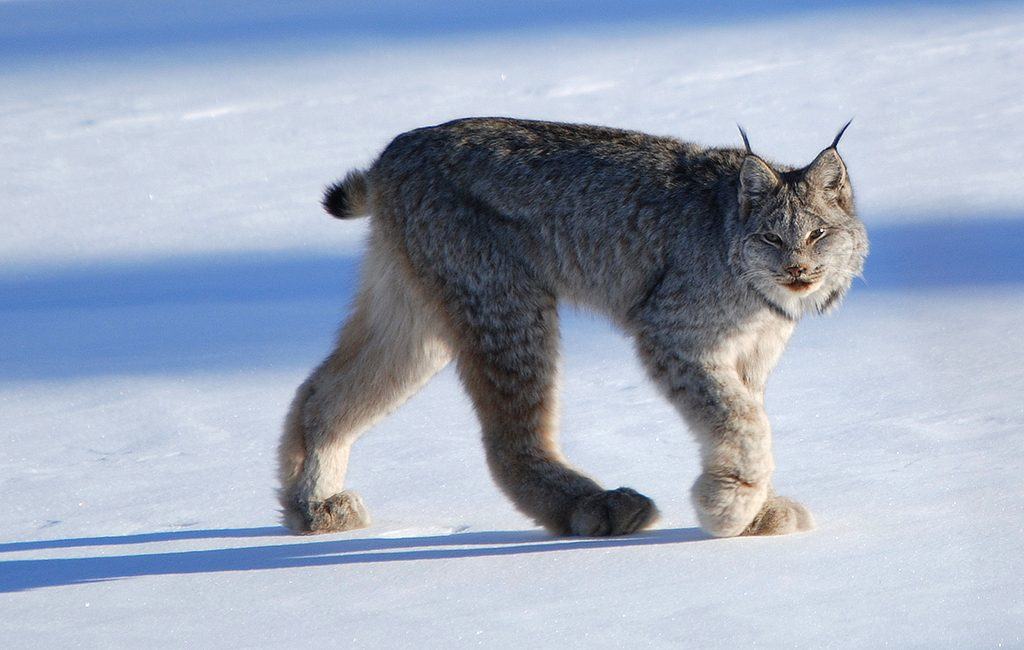
Research in the last 15 years by the U.S. Forest Service has surprised biologists by showing a strong breeding population of Canada Lynx in northeastern Minnesota. The Timberjay reports that DNA analysis of scat has revealed 92 kittens, 24 mothers, and 13 fathers.
Because of the difficulty of access, no surveys have yet been done in the Boundary Waters wilderness, where scientists say there is probably the highest population of the wild cats.
Initial studies led the biologists to think there were few animals actually living and reproducing in northeastern Minnesota. But when they started tracking the lynx and collecting their scat for analysis, they found they were wrong.
“The assumption was that we didn’t have a viable breeding population of lynx. This work showed we do have a significant reproducing population,” Sara Malick-Wahls told the Ely Field Naturalists club.
Lynx in the lower-48 states were listed as threatened by the U..S. Fish and Wildlife Service in 2000. The Arrowhead region of Minnesota is one of the areas designated as critical habitat.
Challenges facing the lynx include hybridization with bobcats, which are moving north as winters grow warmer, and logging and fire management which affect the forest. Because lynx almost wholly depend on snowshoe hare for their food, adequate hare habitat is essential to healthy lynx populations.
“The two species evolved together; the cat becoming a specialist in killing the hare, the hare becoming adept at eluding the lynx,” the National Wildlife Federation says. “The lynx kills an average of one hare every two or three days.”

